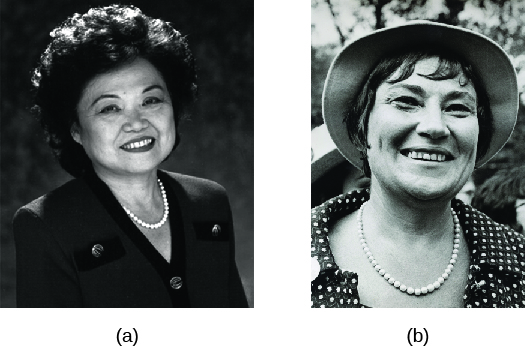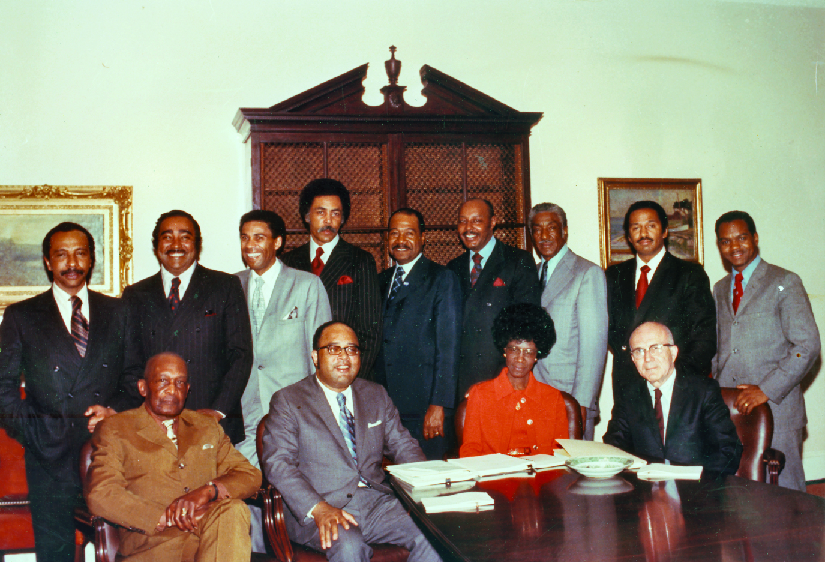| << Chapter < Page | Chapter >> Page > |
Many advances in women’s rights have been the result of women’s greater engagement in politics and representation in the halls of government, especially since the founding of the National Organization for Women in 1966 and the National Women’s Political Caucus (NWPC) in 1971. The NWPC was formed by Bella
Abzug (
[link] ), Gloria Steinem, Shirley Chisholm, and other leading feminists to encourage women’s participation in political parties, elect women to office, and raise money for their campaigns. For example, Patsy
Mink (D-HI) (
[link] ), the first Asian American woman elected to Congress, was the coauthor of the
Education Amendments Act of 1972, Title IX of which prohibits sex discrimination in education. Mink had been interested in fighting discrimination in education since her youth, when she opposed racial segregation in campus housing while a student at the University of Nebraska. She went to law school after being denied admission to medical school because of her gender. Like Mink, many other women sought and won political office, many with the help of the NWPC. Today, EMILY’s List, a PAC founded in 1985 to help elect pro-choice Democratic women to office, plays a major role in fundraising for female candidates. In the 2012 general election, 80 percent of the candidates endorsed by EMILY’s List won a seat.

In the wake of the Civil Rights Movement , African American representatives also began to enter Congress in increasing numbers. In 1971, to better represent their interests, these representatives founded the Congressional Black Caucus (CBC), an organization that grew out of a Democratic select committee formed in 1969. Founding members of the CBC include John Conyers (D-MI), currently the longest-serving member of the House of Representatives, Charles Rangel (D-NY), and Shirley Chisholm, a founder of the NWPC and the first African American woman to be elected to the House of Representatives ( [link] ).

In recent decades, Congress has become much more descriptively representative of the United States. The 114th Congress, which began in January 2015, had a historically large percentage of racial and ethnic minorities. African Americans made up the largest percentage, with forty-eight members, while Latinos accounted for thirty-two members, up from nineteen just over a decade before.

Notification Switch
Would you like to follow the 'American government' conversation and receive update notifications?